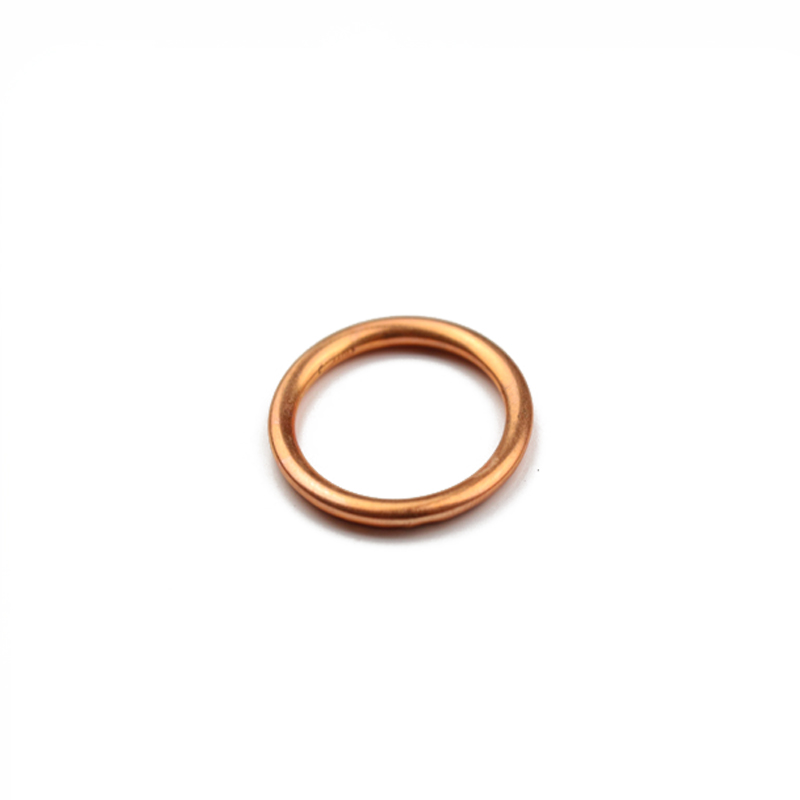3406b rear main seal
Understanding the 3406B Rear Main Seal Importance, Function, and Replacement
When it comes to the maintenance of heavy-duty diesel engines, one crucial component that often deserves more attention than it receives is the rear main seal. This component is particularly significant in the Caterpillar 3406B engine, a widely used engine in commercial trucks and industrial machinery known for its reliability and power. This article will provide an in-depth understanding of the 3406B rear main seal, its functions, signs of failure, and the steps involved in its replacement.
What is the Rear Main Seal?
The rear main seal acts as a barrier between the engine’s internal components and the outside environment. Specifically, it seals the space between the crankshaft and the engine block. Its primary role is to prevent engine oil from leaking out of the engine while allowing the crankshaft to spin freely. The 3406B rear main seal is designed to endure high pressures and temperatures, ensuring the longevity and functionality of the engine.
Importance of a Functional Rear Main Seal
A properly functioning rear main seal is critical for several reasons
1. Oil Containment The rear main seal prevents engine oil from leaking. Oil is essential for lubricating the moving parts of the engine, reducing friction, and preventing wear. A leak can lead to inadequate lubrication and severe engine damage.
2. Performance Efficiency A leaking seal can cause a drop in oil pressure, which negatively affects the engine's performance. This reduction can lead to overheating and can even result in engine failure if not addressed promptly.
3. Environmental Responsibility Oil leaks are not just problematic for the engine; they can also harm the environment. A damaged rear main seal can lead to oil spills that contaminate soil and water bodies, posing a risk to local ecosystems.
4. Cost-Effectiveness Addressing issues with the rear main seal early can save significant repair costs in the long run. An oil leak may seem minor initially, but it can lead to extensive engine damage requiring expensive repairs or even replacement.
Signs of a Failing Rear Main Seal
Recognizing the symptoms of a failing rear main seal can help in timely intervention. Here are a few signs to watch for
3406b rear main seal

- Oil Leaks The most obvious sign is the presence of an oil leak at the back of the engine, especially under the vehicle. - Oil Pressure Drops A noticeable drop in oil pressure on the dashboard gauge can indicate a seal failure. - Oil Puddles Finding oil puddles under the vehicle after it has been parked for some time is a clear warning sign. - Engine Performance Issues If you notice a drop in power or unusual engine noises, these can also be indicative of oil-related issues stemming from a faulty rear main seal.
Replacing the 3406B Rear Main Seal
If you’ve diagnosed a failing rear main seal, replacement is the solution. While this process can be challenging, in-depth knowledge and the right tools can facilitate the task
1. Gather Tools and Materials You will need a new rear main seal, a sealant, basic hand tools, a torque wrench, and possibly a crankshaft pulley puller.
2. Remove the Drive Components To access the rear main seal, you must remove components such as the transmission and flywheel.
3. Remove the Old Seal Carefully pry out the old seal using a seal puller, ensuring not to damage the crankshaft or the housing.
4. Install the New Seal Lubricate the new seal’s lip with engine oil and slide it into place. Use a seal installer tool to ensure it fits evenly.
5. Reassemble the Engine Once the new seal is installed, reattach the flywheel and transmission and ensure all components are torqued to the manufacturer’s specifications.
6. Test the Engine After reassembly, start the engine and check for leaks. Monitor the oil pressure to ensure the issue is resolved.
Conclusion
The rear main seal of the Caterpillar 3406B engine is a small but vital component that plays a significant role in maintaining engine performance and oil integrity. Regular inspections and timely replacement can prevent extensive damage and costly repairs. By understanding its importance and recognizing the signs of failure, engine owners can ensure the longevity of their engines and operate efficiently in their demanding environments.
-
Understanding Automotive Oil Seals: Essential Components for Engine and Shaft Protection
News Jul.30,2025
-
The Importance of Heavy Duty Seals in Industrial and Residential Applications
News Jul.30,2025
-
Exploring Industrial Oil Seals: From Felt Oil Seals to TTO and CFW Solutions
News Jul.30,2025
-
Essential Guide to Oil Seals: From Radial to Metal-Cased Seals for Industrial Reliability
News Jul.30,2025
-
Choosing the Right Oil Seals and Gaskets for Industrial and Automotive Applications
News Jul.30,2025
-
Cassette Seals: Durable Sealing Solutions for Harsh Environments
News Jul.30,2025
-
Understanding the Front Main Engine Seal: Purpose, Maintenance, and Installation
News Jul.29,2025
Products categories















